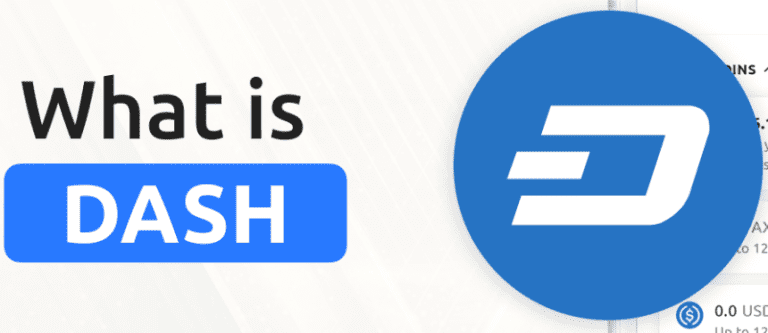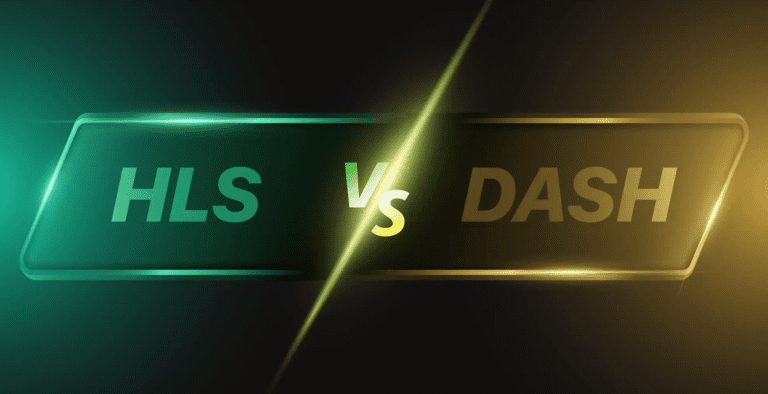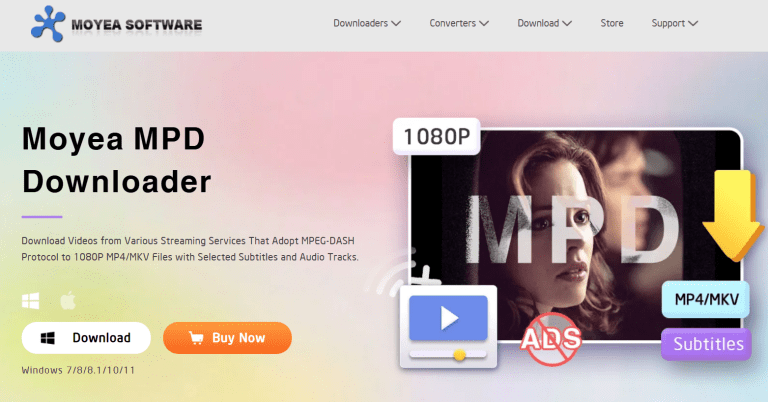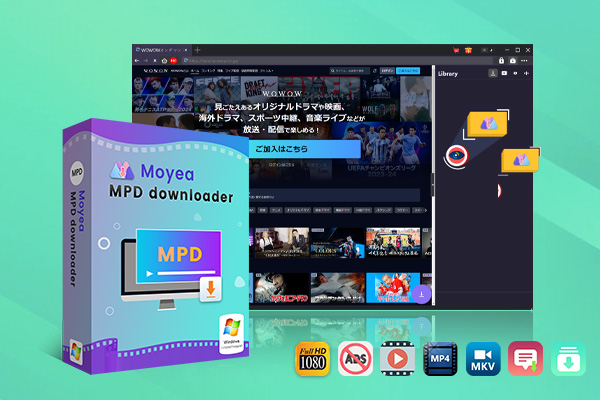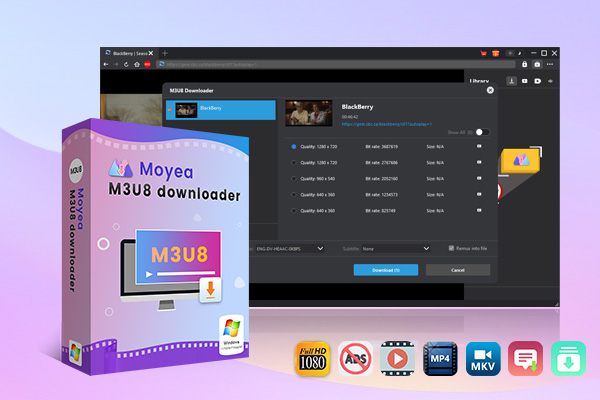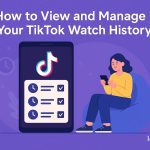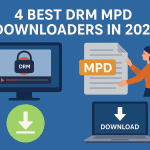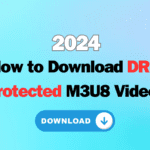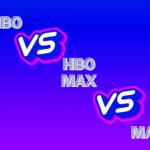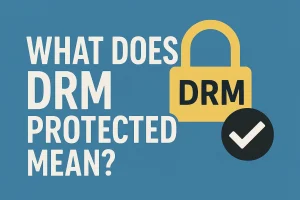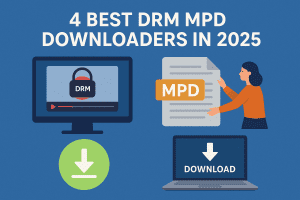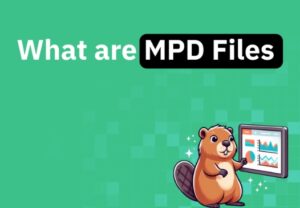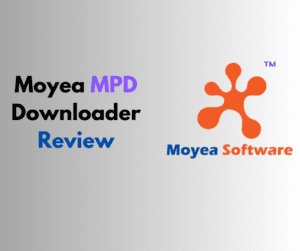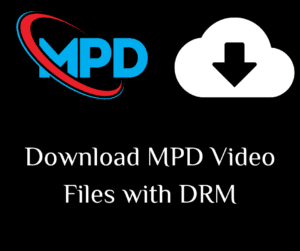Last updated on 2025-06-30, by
HLS vs. DASH: A Comprehensive Comparison for Video Streaming Professionals
Which is your favorite video streaming site? Have you ever thought about how these platforms deliver smooth video playback under different connection conditions? What are HLS and DASH? How do they make your video streaming easier? In this post, we will introduce the definitions of these “strangers” and tell you how to download videos in a few clicks.
Outline
Part 1: What is Adaptive Bitrate Streaming (ABR)?
Adaptive Bitrate Streaming is a streaming technology that dynamically adjusts the encoding bit rate, resolution, and frame rate of the audio and video streams in real time. These parameters are affected by the user’s network environment, device performance, etc., to provide a smoother, higher-quality playback experience. The system will continuously monitor the user’s network bandwidth, latency, device processing power, and other factors, and switch the media content versions with different bit rates in real time accordingly.
Part 2: What is HLS (HTTP Live Streaming)?
What does HLS mean? HLS is an adaptive bitrate streaming protocol developed by Apple. It can split the complete audio HTTP protocol. Its main features include:
1. Key Features of HLS
Adaptive bitrate switching: dynamically adjusts the video resolution and bitrate according to the user’s network bandwidth to ensure smooth playback.
Segmented transmission and caching: split the content into small segments, allowing the client to download on demand and reduce the initial buffering time.
Cross-platform compatibility: natively supports iOS and macOS devices.
Live and on-demand support: can handle both real-time live streaming and on-demand transmission of on-demand content.
2. Pros of HLS
Network adaptability: It can dynamically adjust the bit rate to maintain playback in a weak network environment and reduce lag.
Low packet loss rate: Based on HTTP short connection transmission, it is more adaptable to network fluctuations and firewall environments than long connection protocols such as RTMP.
Low deployment cost: It can be deployed using the existing HTTP server architecture without the need for a dedicated streaming server.
High cache efficiency: Fragment files can be cached by CDN, reducing the pressure on the source station and improving the transmission efficiency during large-scale concurrency.
3. Cons of HLS
High playback delay: Due to the need to segment, generate playlists, and buffer multiple segments, the delay in live broadcast scenarios is usually 20-30 seconds, which is not suitable for low-latency requirements.
Slow first frame loading: The initial playback requires downloading multiple segments and playlists, which may result in a long first buffering time.
Bandwidth utilization limitation: Bitrate switching changes discontinuously, and may not be matched in real time when the bandwidth fluctuates rapidly.
4. Best Use Cases for HLS
Long video on-demand services: For movies and TV series played on platforms such as Netflix, users are more concerned about playback smoothness and image quality.
Mobile device streaming: iOS devices natively support HLS, and the mobile network environment is complex. Adaptive bitrate can effectively cope with bandwidth fluctuations.
TV-side video applications: Apple TV, smart TVs, and other devices receive streaming media through HLS, taking advantage of its cross-platform compatibility and caching advantages.
Part 3: What is DASH (Dynamic Adaptive Streaming over HTTP)?
DASH is an adaptive bit rate streaming protocol standardized by MPEG. Its core is to segment media content into multiple segments with different bit rates and resolutions through the HTTP protocol, and allow the client to dynamically select the optimal segment according to network conditions.
1. Key Features of DASH
Multi-bitrate adaptive switching: It can monitor real-time network bandwidth and switch between media segments of different qualities to ensure smooth playback.
Standardized segment format: It encapsulates segments in container formats and uses MPD (Media Presentation Description) files to describe content structure and available versions for easy cross-platform parsing.
Flexible content adaptation: It supports transmitting audio and video tracks separately and selecting appropriate media tracks according to device capabilities.
Encryption and copyright protection: Digital rights management (DRM) technology is integrated to achieve the copyright protection of paid content.
2. Pros of DASH
High standardization: As International standards are formulated by MPEG; DASH has strong compatibility.
Excellent bandwidth utilization: It can accurately match available resources when bandwidth fluctuates to reduce buffering and bandwidth waste.
Powerful compatibility: It is compatible with CMAF (Common Media Application Format) and can achieve unified encapsulation of content with protocols such as HLS. DASH can greatly reduce the cost of multi-protocol deployment.
3. Cons of DASH
High deployment complexity: MPD file generation and parsing need to be processed. Compared with HLS, it needs to rely on third-party players on iOS devices.
High live broadcast delay: Similar to HLS, segmented transmission causes delays of usually 10-30 seconds. So, it is not suitable for low-latency scenarios such as real-time interactive live broadcasts and online games.
Browser compatibility differences: Although HTML5 supports DASH, different browsers support DASH to different degrees.
Fragmented deployment costs: In order to be compatible with multiple platforms, you need to maintain two sets of streaming services at the same time, which means higher content distribution and storage costs.
4. Best Use Cases for DASH
Multi-platform video on demand: Cross-device platforms such as YouTube and Spotify use the standardized features of DASH to adapt to Android, PC browsers, and smart TVs.
High-quality streaming services: It is suitable for video platforms that support 4K, HDR, and HFR.
Content that requires DRM protection: Paid videos and subscription services use DASH’s integrated DRM technology to achieve content copyright protection.
Part 4: HLS vs. DASH: Key Differences Compared
What’s the difference between HLS and DASH?
|
|
HLS |
DASH |
|
Compatibility |
Led by Apple, it is a private protocol. It is suitable for Apple’s ecosystem. It is well integrated with CDN, but cross-platform adaptation is required. |
Standardized by MPEG, it is an open international standard with wider adaptability, supporting Android, PC browsers, smart TVs, etc. |
|
Segmented format |
The video segment is in TS (MPEG-2 Transport Stream) format, the audio is AAC, and the file suffix is .m3u8 |
The video/audio segments are in MP4 or WebM format, and the content structure is described by MPD files, which more flexibly support multiple tracks (such as multi-language audio tracks). |
|
Scenarios |
Video on demand and live streaming for iOS devices; scenarios that require high deployment convenience. |
Scenarios with strong cross-platform requirements, such as smart TVs, or high-quality streaming services that support 4K, HDR, and DRM. |
Part 5: How to Download MPEG-DASH and HLS Streams with Moyea
Now you may be aware that both all these two protocols are around your life. While they seem different to understand, downloading MPD videos can be easy. Moyea MPD Downloader is what can help. It is considered the best MPD downloader for its powerful features.
With Moyea MPD Downloader, you can easily download a few DRM-protected MPD videos in one go as batch download is supported. You can enjoy high-definition videos in up to 1080P and enjoy great viewing experience. Take it easy even when you want to download foreign movies as you can, and choose and save subtitles and audio tracks in multiple languages. Also, all the ads and commercials are automatically removed during the process.

-
– Download on-demand MPD videos from MPEG-DASH streaming websites in clicks
– Download series episodes in batch from all available seasons
– Donwload MPD videos in up to 1080p quality to MP4/MKV files
– Preserve desired multi-language captions and audio tracks
– Get Ads-free MPD videos for playing offline without interruptions
If you are an iOS device user, you may want to find the best M3U8 video downloader. Well, that’s where Moyea M3U8 Downloader comes in. You can easily download 1080P TV series and movies from HLS streaming websites. Compared to m3u8, MP4 and MKV videos are more common. Moyea helps you convert m3u8 to these widely supported formats in this process.

-
– Downloads DRM-Protected M3U8 Videos in Up to 1080P
– Supports batch downloading M3U8 videos
– Downloads from HLS Streaming Websites to MP4/MKV
– Retains Multilingual Subtitles and Audio Tracks
– Removes ads from M3U8 videos permanently
Similarly, you can enjoy ad-free videos with Moyea and watch foreign movies without any difficulty. The interface is clear and the operation is easy, making it a go-to option for new users. It’s compatible with both Windows and iOS systems. Accelerated by GPU technology, you can save many movies within a short period.
Conclusion: Which Protocol Should You Choose?
Which protocol should you choose? Simply put, it depends on your devices and application scenarios. If you use the iOS system, HLS is a better choice as it is compatible with all Apple ecosystem. If you want to apply it on different platforms, DASH is more suitable for you. In this post, we shared two solutions to download MPEG-DASH and HLS streams with Moyea MPD Downloader and Moyea m3u8 Downloader. Both come with rich features and easy operation. Check them out and download the movies you like.
